
Children’s Orthodontists San Antonio TX
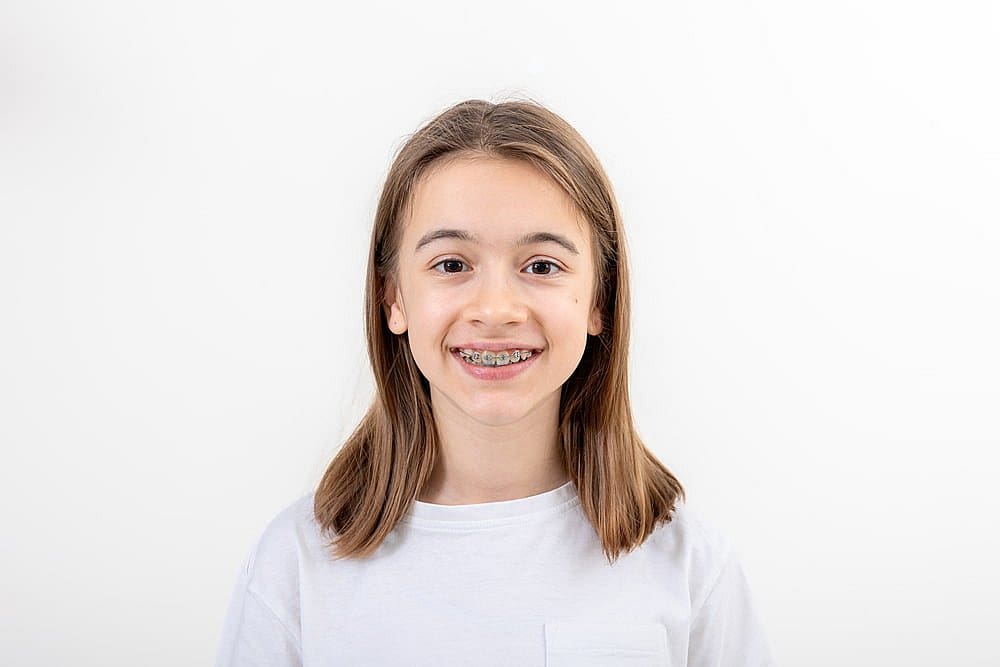

Give Your Child a Lifetime of Smiles
Your child needs well-aligned teeth and jaws for a healthy, lasting smile. While the best age for orthodontic care varies, Dr. Fateh Arslan and Dr. Ayla Idilbi, along with the American Association of Orthodontists, recommend scheduling their first visit by age seven.
What is Early Treatment?
Early orthodontic treatment at Fiesta Orthodontics can help prevent serious dental problems and make future treatments shorter, easier, and less expensive. Some cases allow Dr. Fateh Arslan and Dr. Ayla Idilbi to achieve results that become harder once the face and jaws stop growing.
When is the Best Time for Treatment?
The best age for braces treatment often varies, but orthodontic treatments in San Antonio are most effective between ages 9 and 14. Some dental problems are easier to fix when treated early, before they worsen.
Role of a Children’s Orthodontist
Importance of Early Orthodontic Intervention
Interceptive orthodontics, also known as early orthodontic treatment, tackles dental problems early to avoid more serious issues in the future. Advantages include:
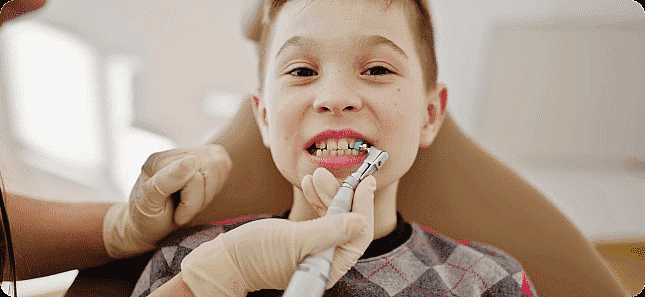
Preventing severe
dental issues
Early intervention prevents bigger problems, saving time, money, and discomfort.
Improving appearance
and confidence
Prompt care reduces hassle, costs, and pain.
Enhancing overall oral health
Straight teeth are easier to clean, lowering the chances of tooth decay and gum issues.
Benefits of Children’s Orthodontic Treatment
Improved Oral Health and Hygiene
Enhanced Speech Development
Prevention of Future Dental Issues
Boosted Confidence and Self-Esteem
Understanding Children’s
Orthodontic Treatment
Braces
Brackets attached to each tooth, connected by archwires.
Aligners
Clear plastic trays for gradual tooth movement.
Retainers
Devices to maintain teeth alignment post-treatment.
Space maintainers
Tools for preserving space after a baby tooth is lost early.
Importance of Early Evaluation
The American Association of Orthodontists suggests a first orthodontic checkup by age seven. Detecting early overcrowding or bite concerns simplifies treatment and reduces future complications.
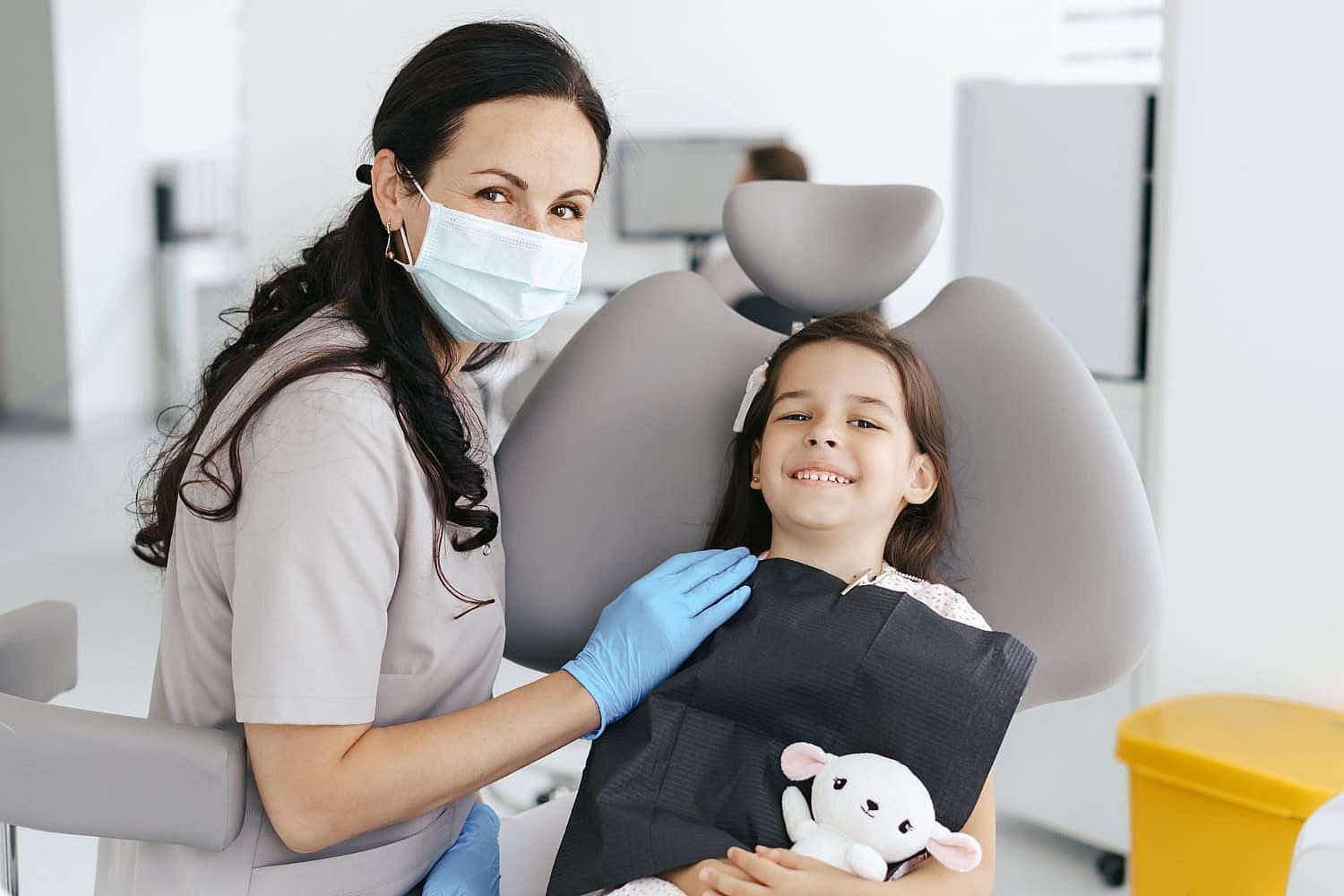
Treatment Process
Consultation
Includes examination, X-rays, and impressions.
Appliance Placement
Orthodontic devices are fitted based on the treatment plan.
Follow-ups
Regular adjustments to monitor and ensure progress.
Retention
A retainer is often used after treatment to maintain results.

Appointment Duration and Frequency
The duration and frequency of orthodontic appointments depends on the orthodontic appliances used and the severity of the issue. Traditional metal braces usually require appointments every 4-6 weeks, while Invisalign aligners are replaced bi-weekly. Each visit lasts between 30 and 60 minutes, with total treatment time ranging from 6 months to 3 years depending on the case.
Common Orthodontic
Issues in Children
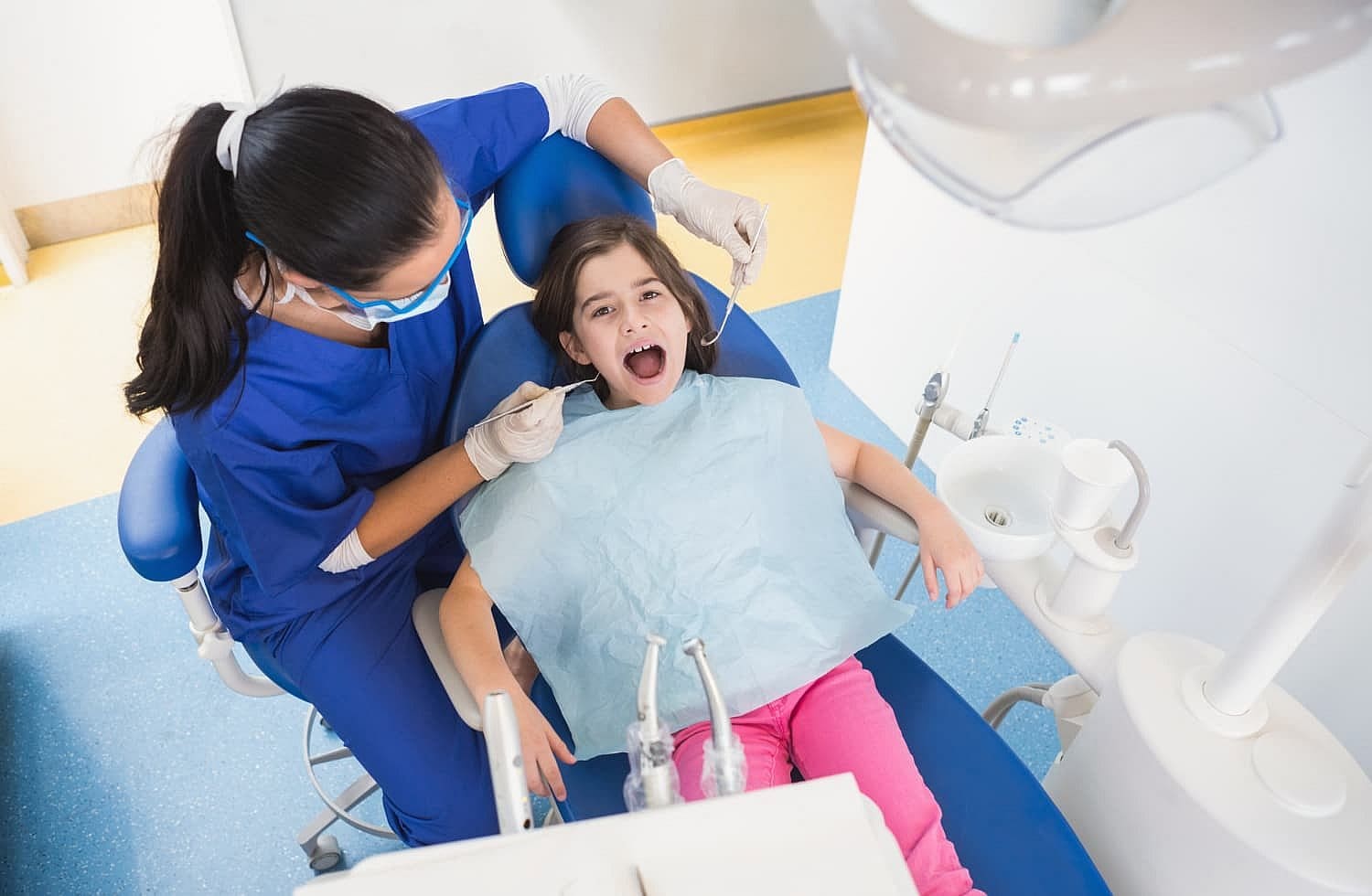
Overbite, Underbite, Crossbite, and Spacing Problems
Crooked or Misaligned Teeth
Caused by thumb-sucking, accidents, or genetic factors, misaligned teeth are more difficult to clean, risking decay and gum issues.
Crowding or Spacing Issues
Crowding leads to overlapping teeth and hygiene problems, while spacing makes it easier for food particles to become stuck.
Thumb Sucking and Other Oral Habits
Though typical in young children, extended thumb sucking may lead to dental misalignment and alterations in the shape of the mouth’s roof.
Orthodontic Treatment Options for Children

Traditional Braces
Traditional braces have been a top choice in orthodontics for many years and remain the most prevalent type of orthodontic device.
Components
Brackets, archwires, and ligature elastics.
Benefits
Effective for severe misalignments, durable, and suitable for a wide range of dental issues.
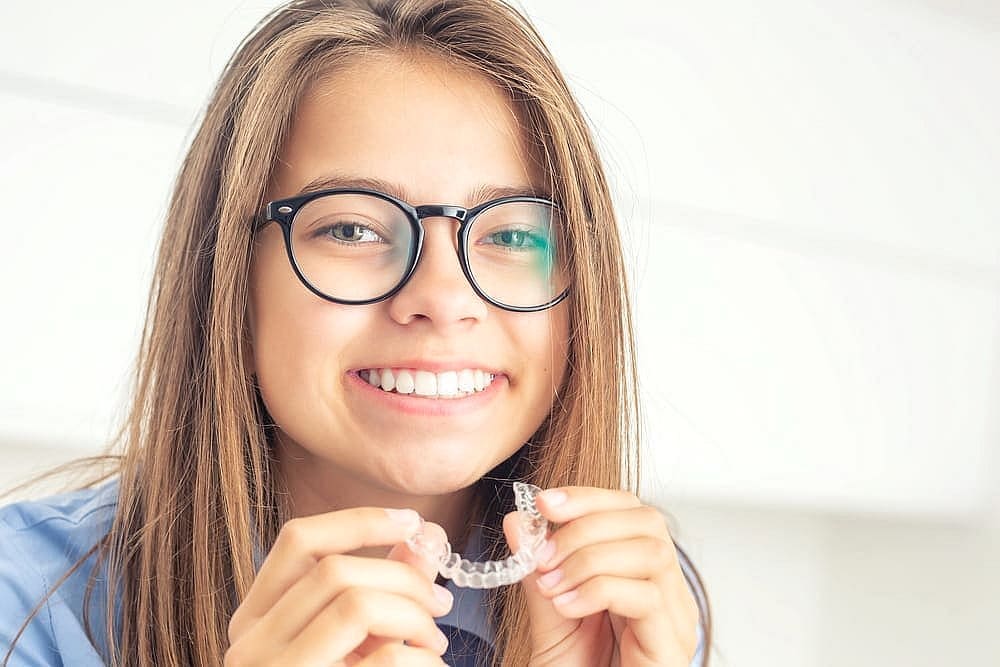
Clear Aligners
Clear aligners represent a modern alternative to traditional braces.
How They Work
Use consistent pressure to gradually move teeth, with new aligners replaced every two weeks.
Advantages
Discreet, removable for eating and cleaning, and convenient for oral hygiene.
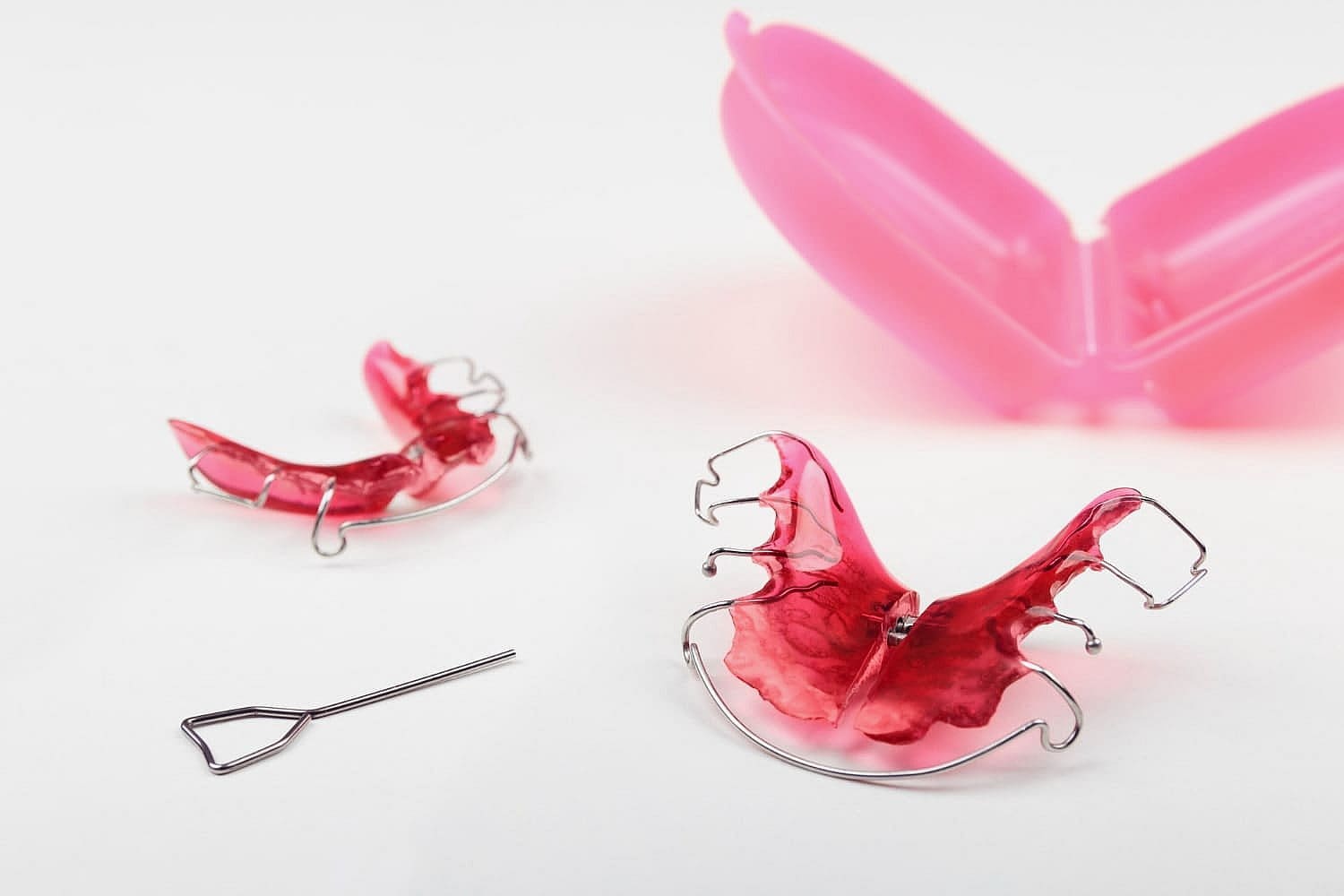
Functional Appliances
Functional appliances are designed to address issues related to jaw growth. They are typically suggested for children and adolescents.
Types:
Twin Block, Bionator, and Herbst appliances.
Benefits:
Can improve jaw function and facial aesthetics, preventing future dental problems.

Retainers
Retainers play a crucial role in maintaining teeth alignment and avoiding any shifts to their previous positions.
Types:
Removable (can be taken out for cleaning) and fixed (permanently bonded).
Benefits:
Essential for maintaining the results of orthodontic treatment and a lasting smile.
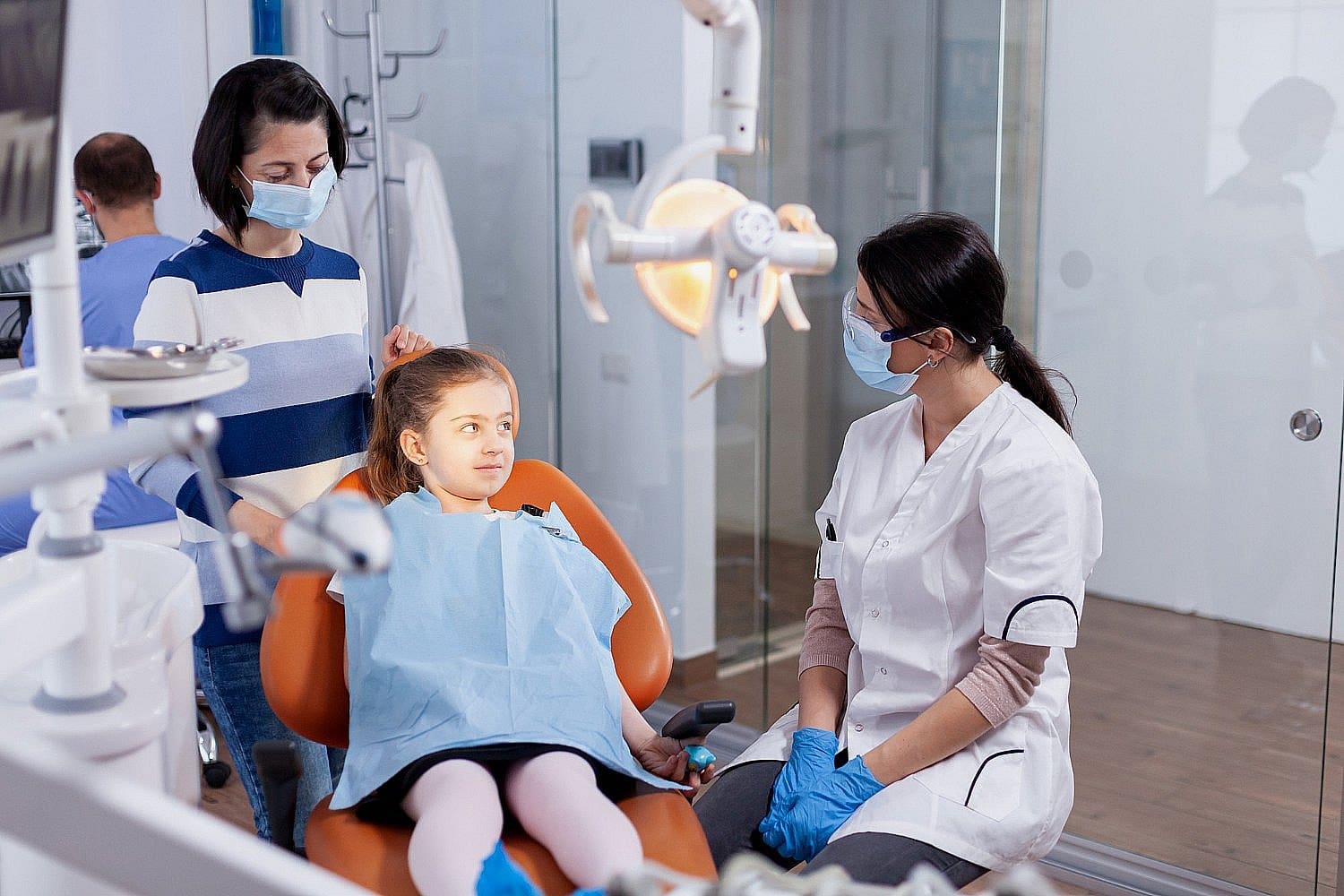
Importance of Early Orthodontic Intervention
Finding the Right Pediatric Orthodontist
When choosing an orthodontist for your child, it’s essential to evaluate their credentials and expertise to ensure they meet your family’s expectations. Seek out an orthodontist with specialized training in orthodontics and a proven track record with pediatric patients. Other practical considerations, such as the office’s proximity, flexible scheduling, and costs—including insurance acceptance or payment plans—are also worth factoring in. Carefully selecting the best orthodontist helps provide your child with top-tier care and a pleasant, stress-free experience.
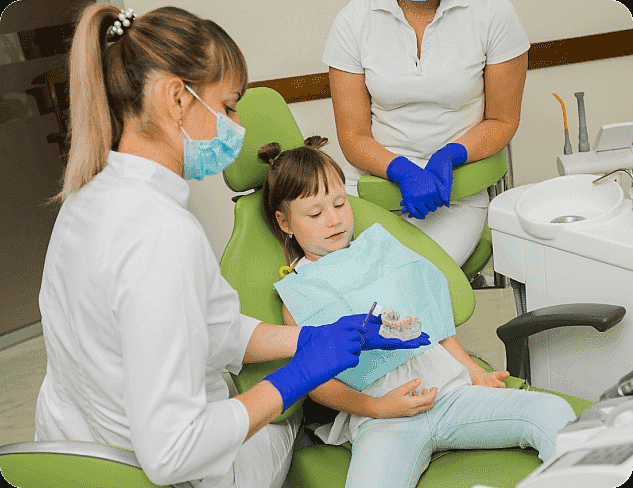
Conclusion
FAQ
What age should a child go to an orthodontist?
It’s great to see you taking an active role in your child’s dental health! The American Association of Orthodontists suggests that kids have their first visit to an orthodontist by the age of seven. While this might feel early, it helps identify and address any possible concerns before they progress. Keep in mind, this initial appointment doesn’t mean your child will need treatment immediately. It’s primarily about monitoring their growth and ensuring their development is headed in the right direction.
Can a 6-year-old see an orthodontist?
Certainly! A 6-year-old is absolutely able to visit an orthodontist. The American Association of Orthodontists even suggests that kids see an orthodontist for their first check-up by age 7. Early visits like these can help spot any concerns regarding jaw development or how the teeth are coming in. So, if you’re thinking about scheduling an orthodontist appointment for your child, now’s a perfect time! It’s an important step toward supporting a healthy and confident smile.
How painful are braces for kids?
It’s completely normal for kids to feel a bit of soreness or mild discomfort when they first get braces or after adjustments. This is simply because the braces are doing their job of shifting the teeth into proper alignment. The reassuring news is that this discomfort usually subsides within a few days and can often be managed with common over-the-counter pain medications. Before long, their mouth will adapt to the braces, and they might barely even notice they’re there. So, while braces may cause a brief period of discomfort, it’s temporary and easily managed.
